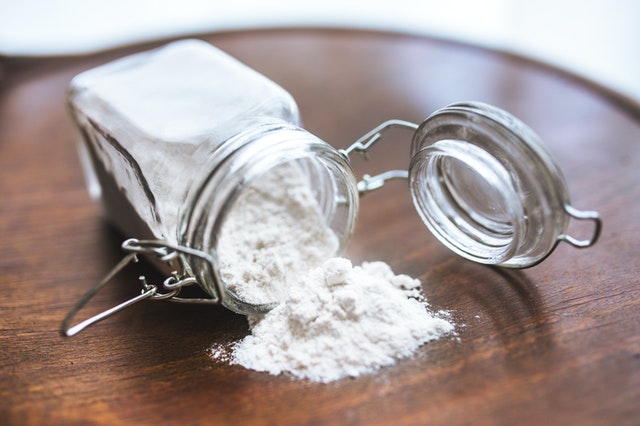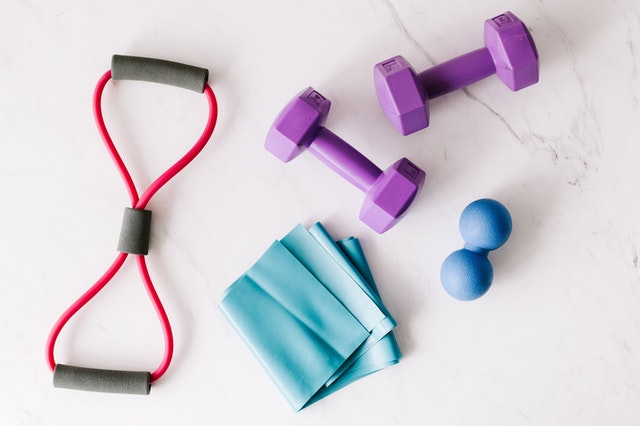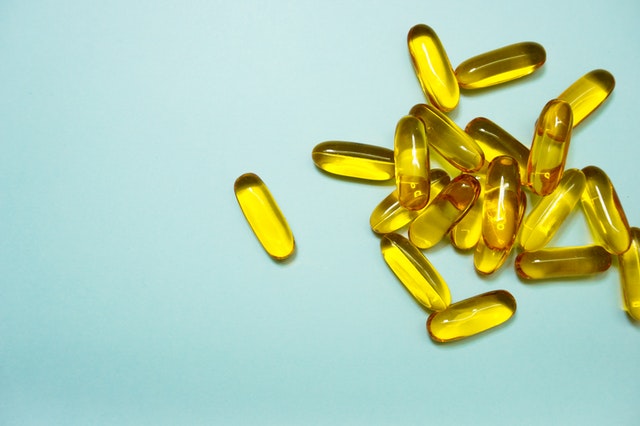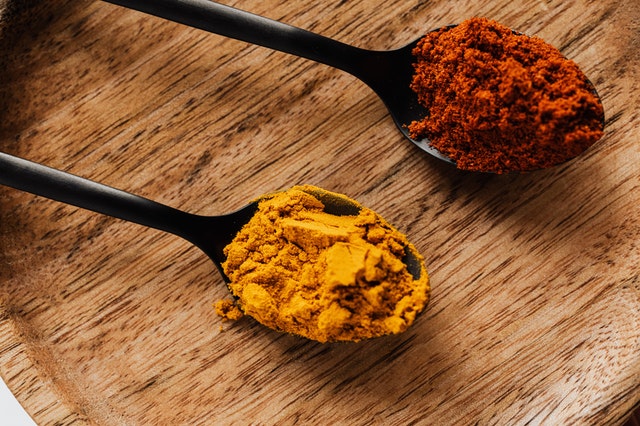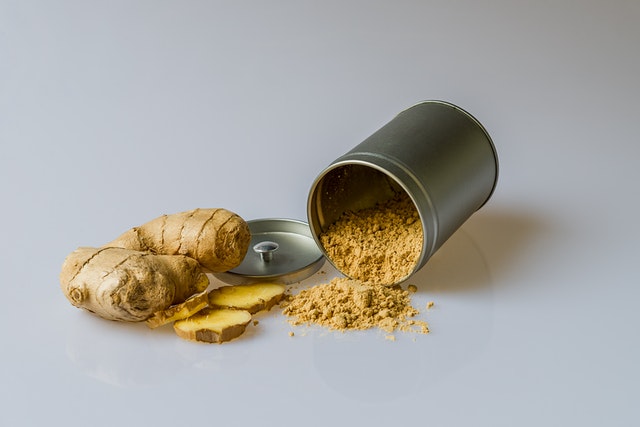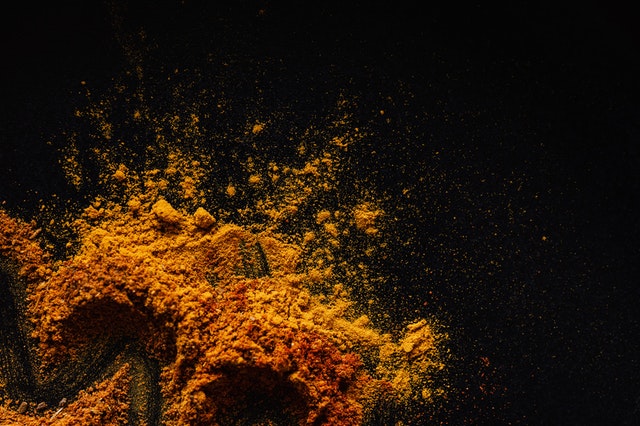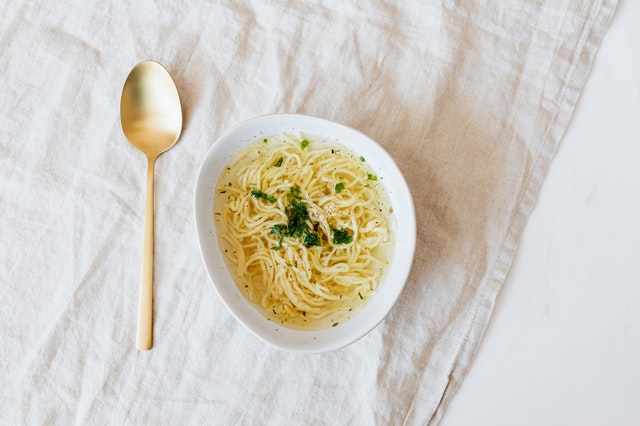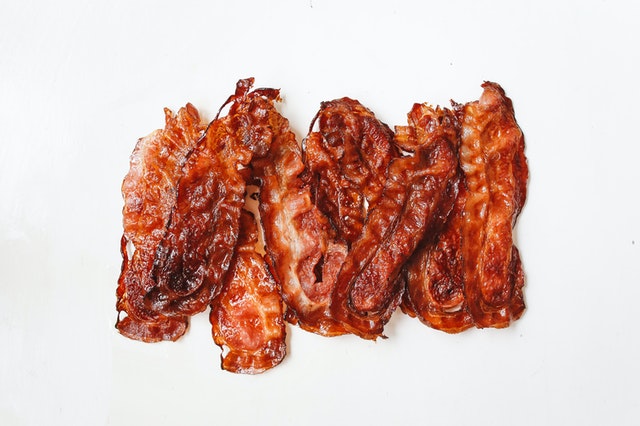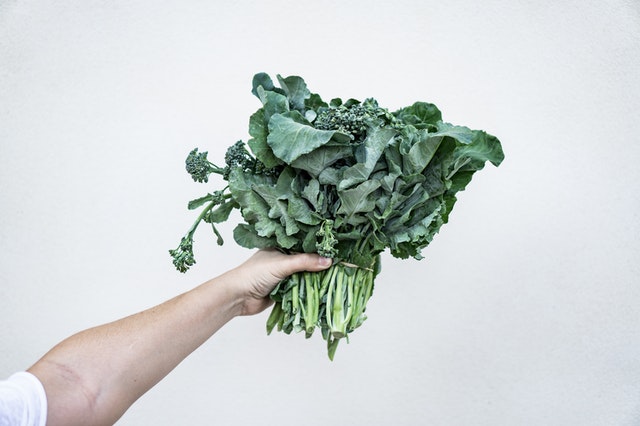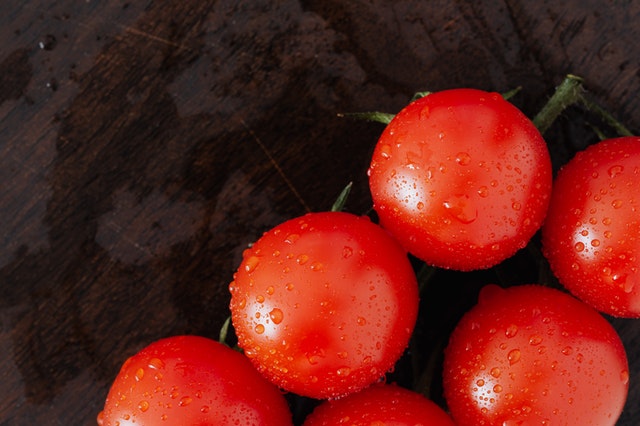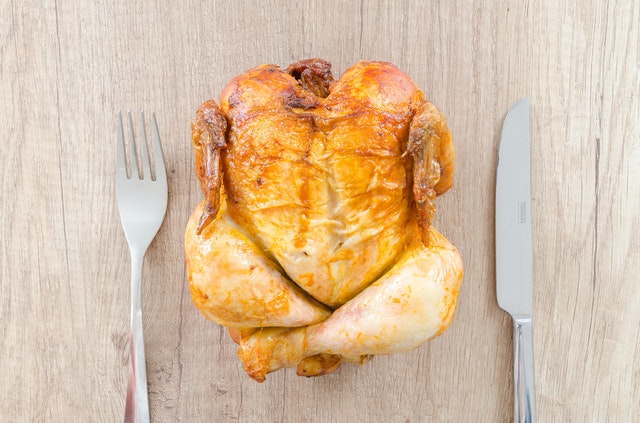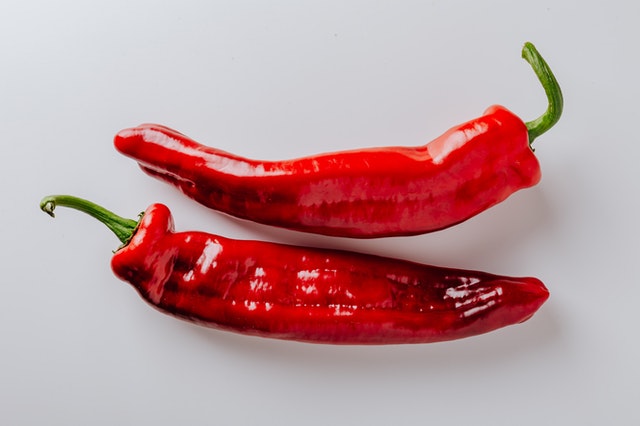There’s nothing exceptional about baking soda, right? After all, it’s just an ingredient you add to your cookies to make them nice and fluffy. But what if I told you that baking soda can actually offer you a whole heap of health benefits? Would you be surprised? I know I was when I first found out that baking soda deserves a place in my medicine cabinet just as much as it deserves a place on my countertop!
If you’re still a little skeptical, I’m about to enlighten you. Here are just a few of the wondrous health benefits of baking soda.
Calm Heartburn and Stomachaches

Practically everyone deals with heartburn and stomachaches occasionally. My go-to remedy used to be over-the-counter acid-reducing medications. But then I learned that baking soda can naturally calm heartburn and stomachaches by reducing acidity. It’s really easy to use, too. Just mix ¼ teaspoon of regular baking soda into about 4 ounces of water. Drink slowly to avoid discomfort as your stomach acid responds to the baking soda.
Loosen Splinters

Splinters are pesky little things that can cause a huge amount of discomfort despite their diminutive size. I used to spend an embarrassing amount of time trying to dig for splinters with a tiny disinfected needle or a pair of tweezers. Often, my efforts would fail the first time around and I’d have to try again later.
Thankfully, I learned that I could loosen splinters for easier removal by soaking the affected area in a cup of water that had 1/3 cup of baking soda added to it. This method works like a charm and softens the entire area so the splinter is much easier to remove. Give it a try and see if it works for you!
Relieve Skin Discomfort From Bug Bites and Rashes
Bug bites, stings and rashes are never fun to deal with and can take hours or even days to go away on their own. There have been times when I’ve been stuck with a painful bug bite and no cortisol cream available. Then I discovered that baking soda helps neutralize the toxins in bug bites and thus take away the unbearable itching and burning sensations that accompany them.
To create a skin-soothing baking soda paste, mix enough baking soda into ¼ cup of water to form a paste that you can spread smoothly over your irritated skin spots. Then, cover the area with a bandage until the baking soda can do its thing. You can make the paste even more soothing by adding just a bit of witch hazel to it.
Freshen Your Mouth

Have you ever noticed how those mouth washes you get at the store tend to sting your mouth while you’re using them? Not to mention the dried-out sensation you feel for hours after use. If you’re not a fan of these sensations but you still want clean, fresh breath, you may want to try my new favorite breath-freshening method. The main ingredient is—you guessed it—baking soda!
To freshen your breath with baking soda, just mix a teaspoon into a half-cup of lukewarm water. Then take small sips of it into your mouth at a time and swish it around in your mouth for up to 30 seconds each time. You may even wish to gargle with it to remove the bad taste that tends to cling to the back of your tongue and throat. I use this method of freshening my breath every day with great results.
So there you have it—four great ways baking soda can improve your health and wellness. Try one or all of these at-home remedies today and see for yourself how valuable baking soda can be to keep around the house and in your medicine cabinet!

